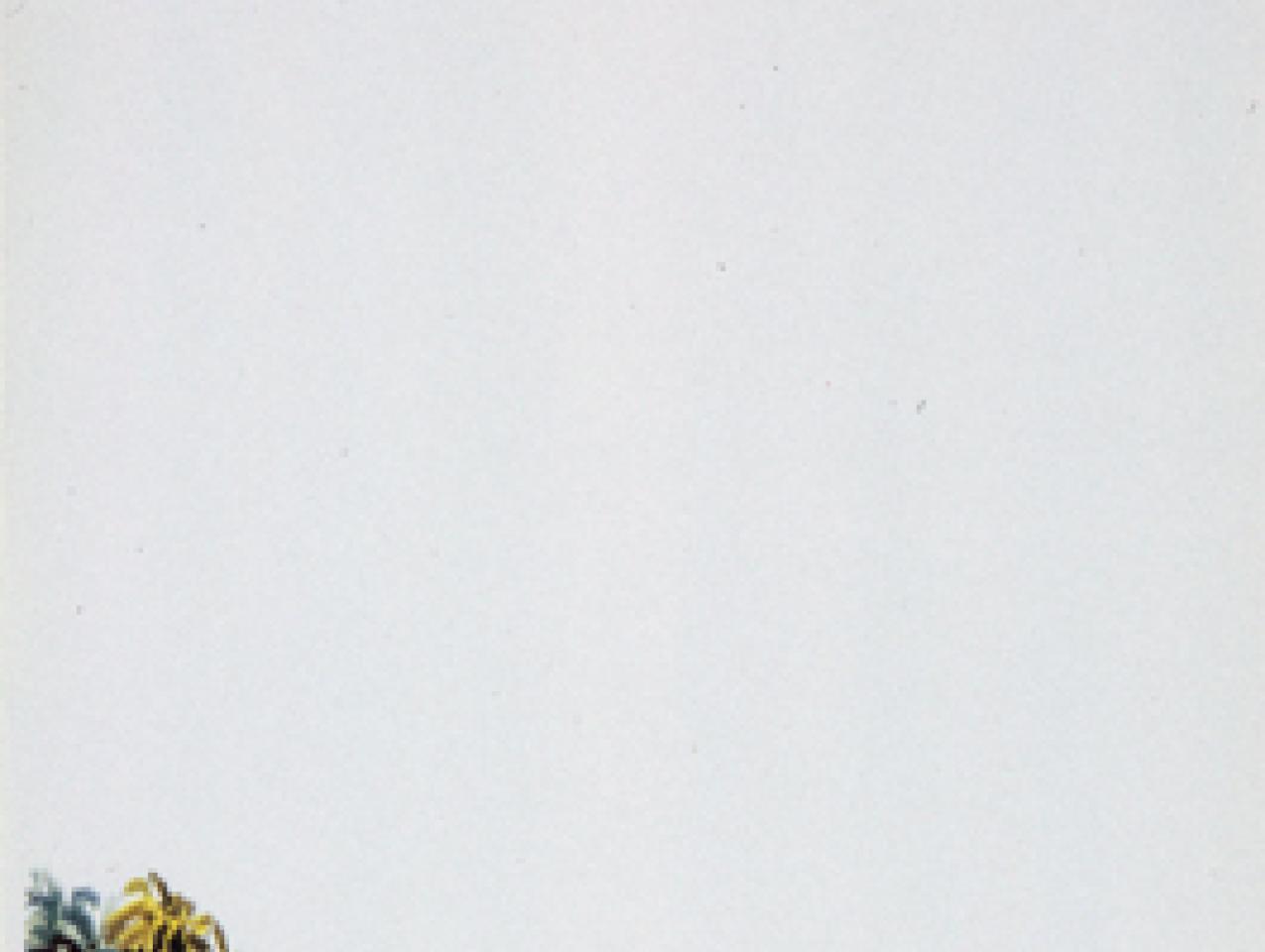- History
- Military

On July 3, 1863, as General George Meade’s Union troops were pouring rifle and artillery fire from behind their redoubts onto George Pickett’s Virginians charging up Cemetery Ridge on the last day of the Battle of Gettysburg, they yelled: “Fredericksburg! Fredericksburg!” That is because, on December 13, 1862, Union troops had suffered the Civil War’s most one-sided defeat when they had charged against Confederates dug in on Marye’s Heights. In sum, first the Confederates, and then the Union, inflicted a huge defeat on the other by inviting attacks on the strong defensive positions they had occupied. Occupation and fortification of defensive positions was the essence of their offense. By the same token, the artificial islands in the South China Sea that China continues to fortify are yet another case of offense carried out by seizure and fortification of defensive positions that the enemy must confront.
The efficacy of this classic military operation has increased in tandem with the range and efficacy of weapons. In ancient times, the men inside castles or camps in strategic locations could only project as much power while remaining safe as the range of their bows or their sorties allowed. Once the men inside stepped out, they would be as vulnerable as their enemies. Attackers might bypass the strong points. But firearms quickly concentrated near where the enemy must pass made an even bigger difference as their range increased. Firing rifles from cover made a big impact in the American Revolutionary War, and a bigger one in the Battle of New Orleans. In 1914, the German army destroyed the French with mobile artillery and rifles from successive defensive positions it was seizing as it was advancing into France. In World War II, aircraft with ranges of hundreds of miles made protected bases more important than ever for both offense and defense.
China’s artificial islands, located in the middle of the world’s busiest shipping lanes, are under the protection of land based aircraft and sensors. These defensive positions—themselves bristling with more weapons than ships, but far less vulnerable—whose aircraft and sensors reach out hundreds of miles, will be impossible to avoid and enormously costly to defeat.















